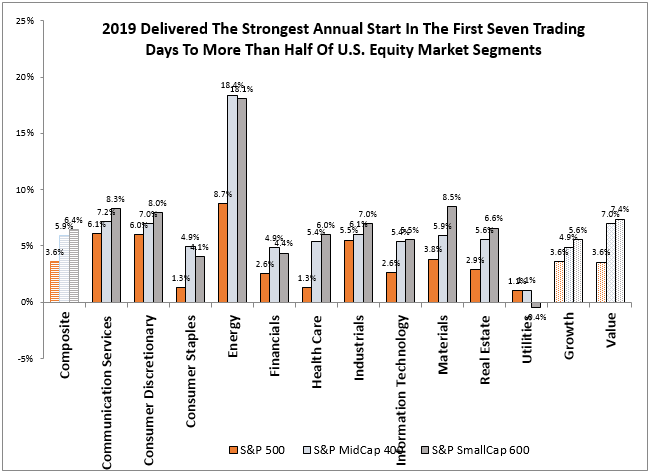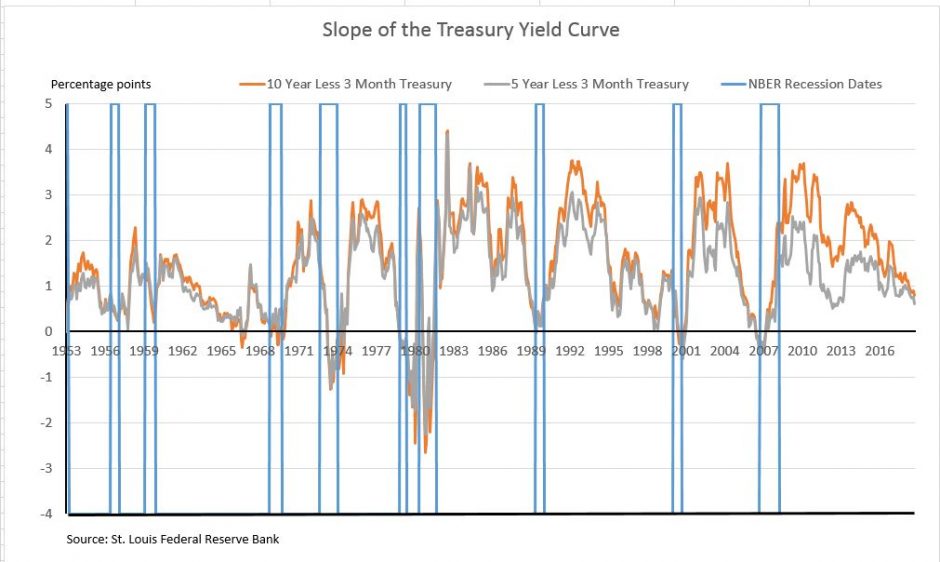As a leading index provider with clients and customers around the world, S&P Dow Jones Indices regularly launches new indices. Just like our children, we try to love them all equally. Every now and then, however, a particularly exciting new index comes along. Last week, our global equities group launched a potentially important new benchmark for global small cap investors, the S&P Global SmallCap Select Index Series. This series is built on the basic principle that filtering out junk makes a big difference in small caps, and extends this concept globally.
Who needs earnings? Contrary to the rumblings out of Silicon Valley, profitability is not a bad thing. With small companies, earnings may be particularly important to long term returns, and trimming out poor performers can substantially improve investment performance in small cap portfolios. For example, the S&P SmallCap 600®—which includes positive earnings criteria—has outperformed the broader Russell 2000 Index (with lower volatility) for more than 20 years. This outperformance has been examined in some detail by earlier S&P DJI research, but this is the first time that S&P DJI has extended the concept in a consistent way to the global small-cap universe.
The S&P Global SmallCap Index (representing the portion of the S&P Global BMI made up from the smallest 15% of companies in each country by capitalization) provides the starting point for the “Select” series. In order to become a member of the Select, companies must meet additional size and liquidity criteria, and must also post two consecutive years of positive earnings. Around 5,000 of the 8,321 global small cap companies, accounting for around 4/5ths of the free-float market capitalization, were included in the Select index at the most recent rebalance.

The potential benefit of the methodology is demonstrated in the chart below, where we see consistent excess returns from the SmallCap Select series vs. its parents. On a rolling five-year basis, for both the Global and Global Ex-U.S. versions of the small cap indices, the Select index outperformed most of the time, averaging around 1% per annum in excess returns. A simple profitability screen, in other words, would have generated substantial excess returns relative to the unscreened small cap universe.

The series offers a global index as well as regional indices which can be further broken into country indices as needed. Currently, the universe includes:
- S&P Global SmallCap Select Index
- S&P Global ex-U.S. SmallCap Select Index
- S&P Developed ex-U.S. SmallCap Select Index
- S&P Emerging SmallCap Select Index
- S&P/ASX Small Ordinaries Select Index
These indices could change the game for global small-cap investing and for benchmarking the performance of active small cap portfolios. Those who take the time to look could discover a way to improve results in small caps.
The posts on this blog are opinions, not advice. Please read our Disclaimers.


















